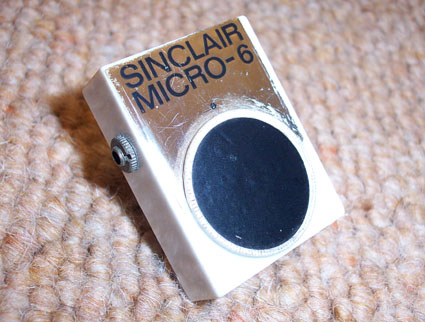
Sinclair’s little miracles
I can still remember those first Sinclair adverts when they started appearing in dear old Practical Wireless. They were always a bit up-market compared with the various surplus emporia like Johns Radio and R.S.C. Components. The first kit I bought was the Sinclair "Micro Injector". Despite its elaborate write-up, it was really only a 2-transistor multivibrator circuit built into a small blue plastic box. The idea was that the harmonics produced by the square-wave could be used from audio up to low RF. It worked OK (hard not to for such a simple circuit!) but, to be honest I didn’t use the thing much. You could get equally effective results by dabbing a finger or an aerial lead onto various bits of the circuit under test – and the sounds that came out of the speaker were much more interesting! What I do remember, however, was that the probe was far too short to be of any use. I ended up replacing it with a much longer pointed rod which I somehow bodged into the case. I’m afraid that sums up the fundamental problem with all things Sinclair. There were some very innovative circuits (although not in the case of the Micro Injector), but they always seemed to be let down by the mechanical details.
The next acquisition was the Sinclair "Micro 6", boldly advertised as the "smallest set in the world".

The "6" referred to it having six stages. This was a slight bending of the truth as it only had three transistors, albeit used in a reflex circuit whereby each was effectively used twice. You had to give full marks to the advertising, though. I love the way the non-linearity of the compression trimmer capacitor gets turned into "bandspread over the higher frequency end of the medium wave"! It did work reasonably well, I have to admit, but was once again spoilt by penny-pinching details such as battery terminals fabricated from bits of cut off component leads. Unfortunately, my original set got lost over the years but I recently found this one tucked away at the bottom of a box of miscellania on a BVWS bring and buy stall. It doesn’t seem as sensitive as I remember, however, and needed a bit of attention to make it work – aficionados will spot that at least one of the capacitors is distinctly non-original.
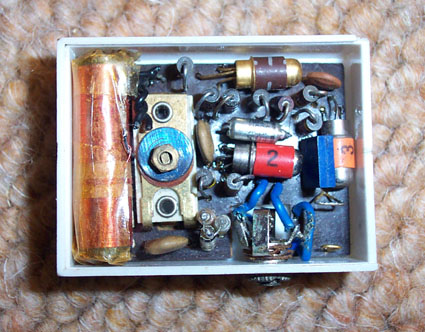
Sinclair later ventured into television, starting with the "Microvision". The first model was fairly conventional using a small CRT and designed solely for use in the UK (later there was a more advanced model featuring multi-standard operation for "world-wide" use).
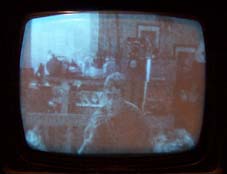
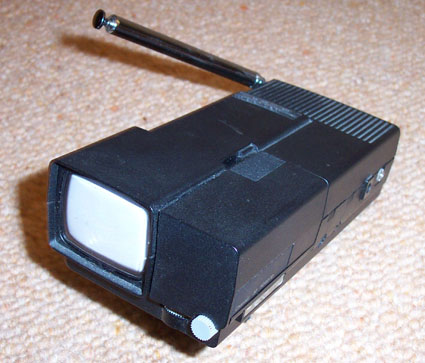
The ultimate in innovation, however was the "Flat TV". This was Sinclair at his best. Serious development money must have been ploughed into this set, which used a revolutionary CRT concept. The electron beam starts off running parallel to the front of the set but is then electrostatically deflected through 90 degrees onto the rear phosphor screen. This results in considerable geometric distortion which is corrected by pre-distortion in the custom drive electronics. A Fresnel lens increases the vertical picture size without increasing power consumption. To keep the thickness down there is even a custom made slim-line battery. What a shame that LCD’s were just around the corner!
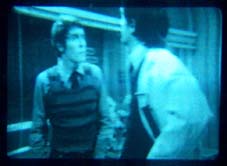
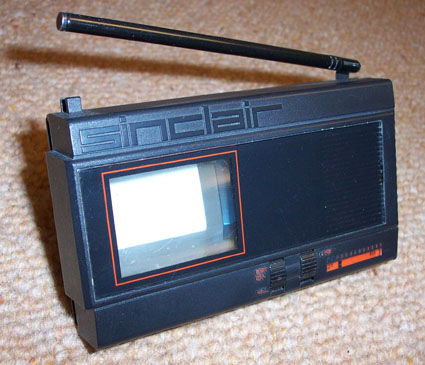
Back to Odds and Ends